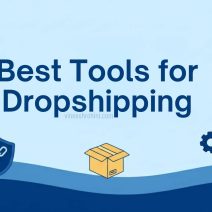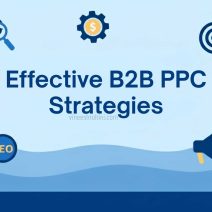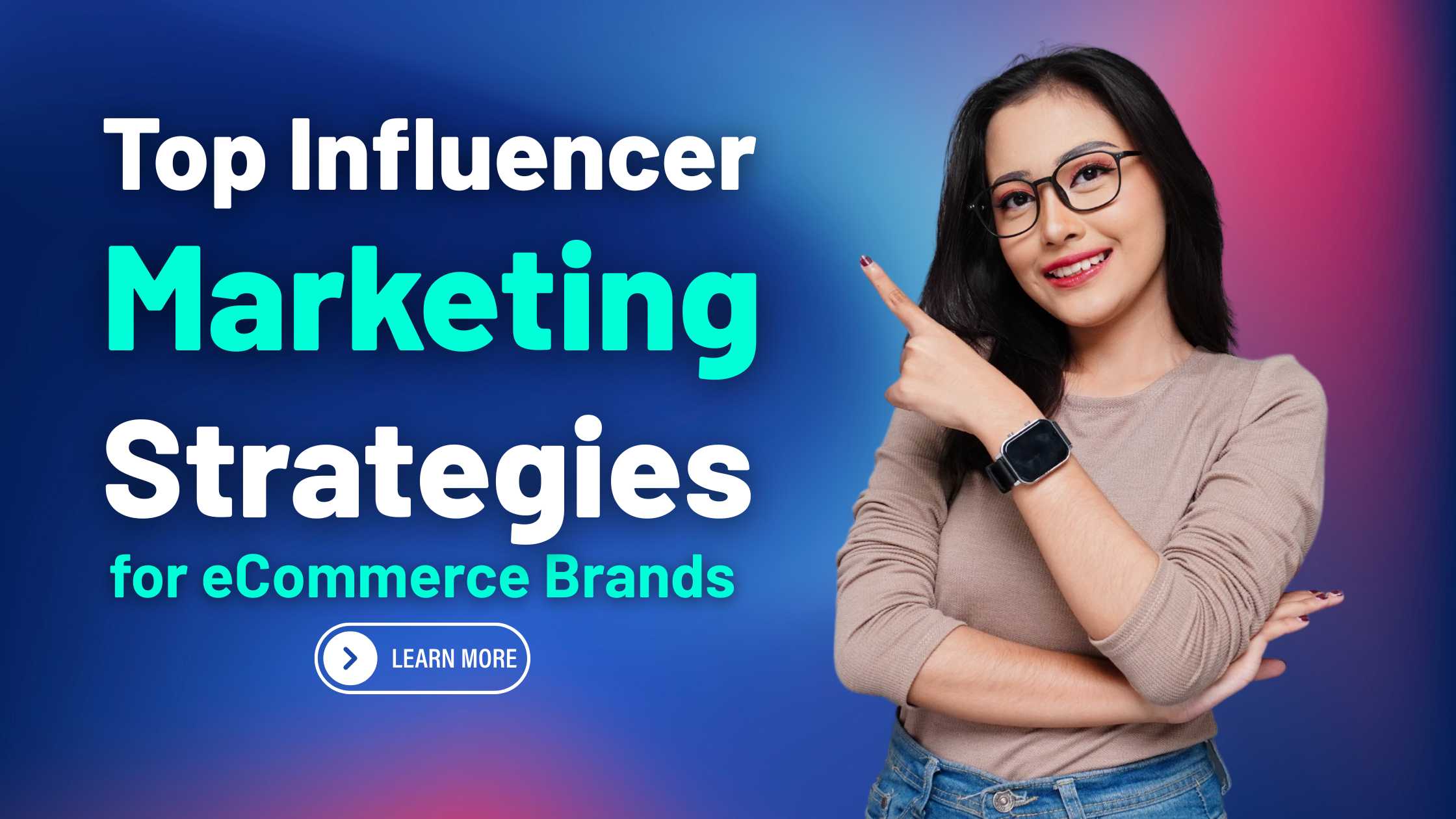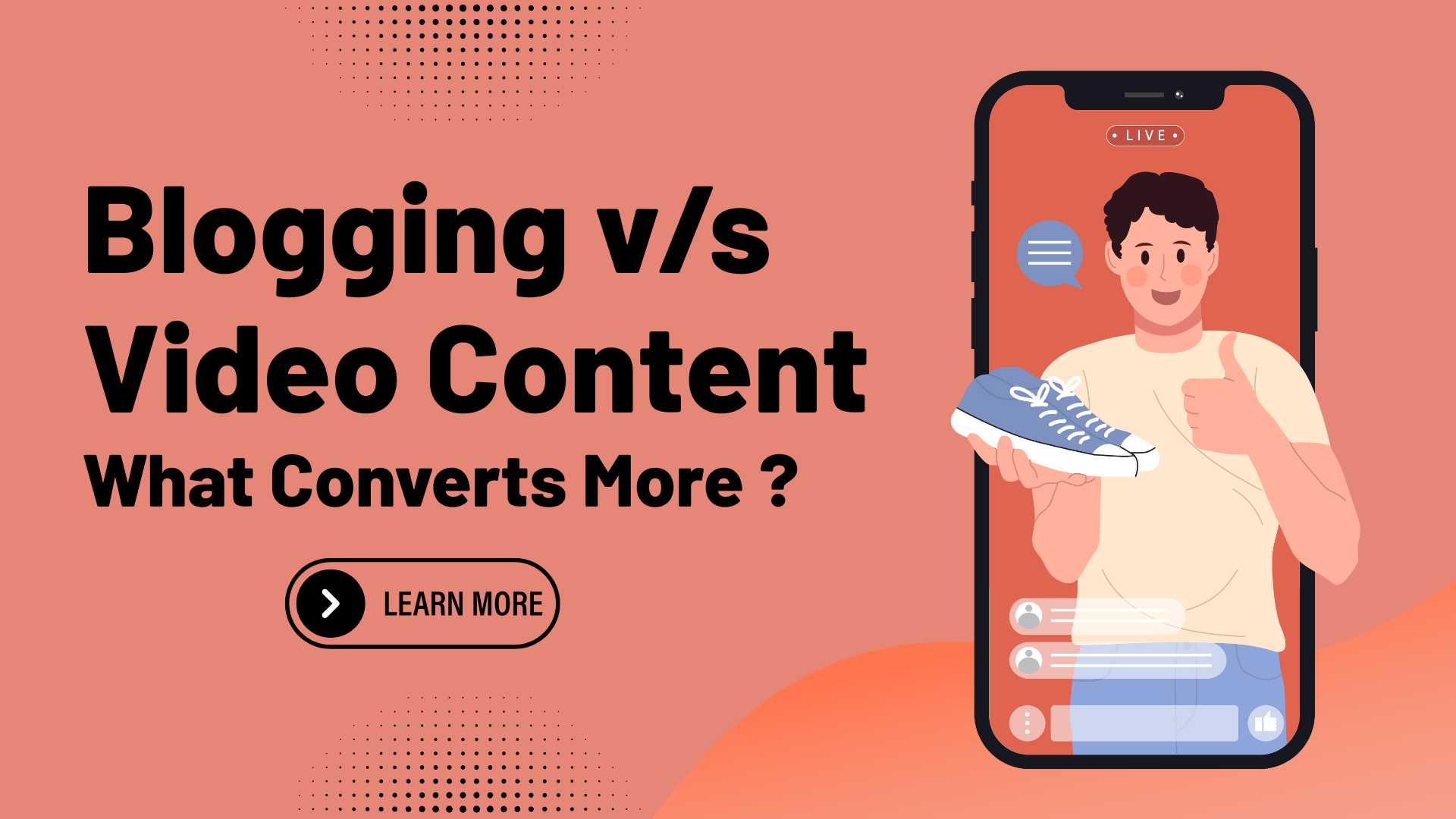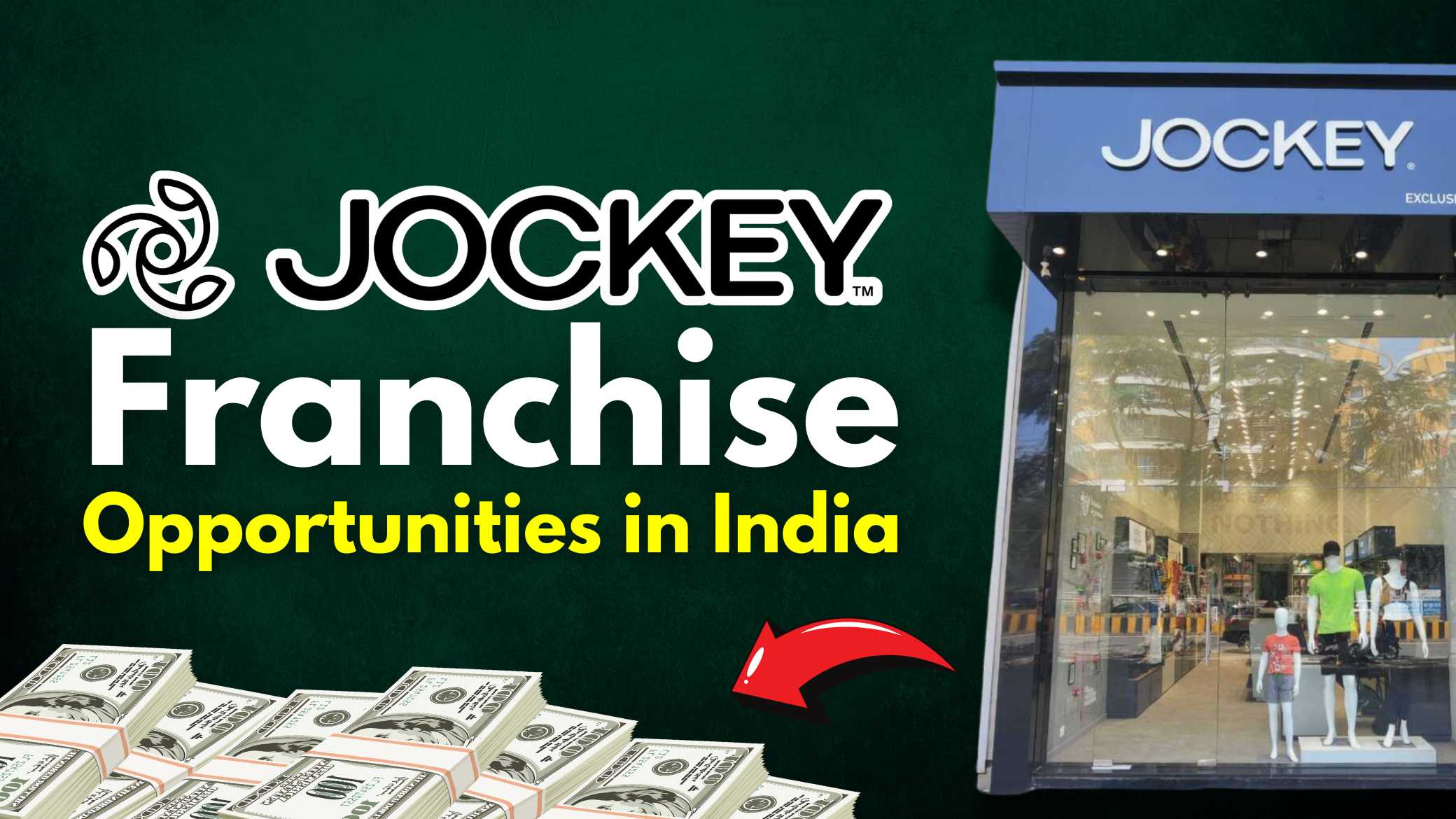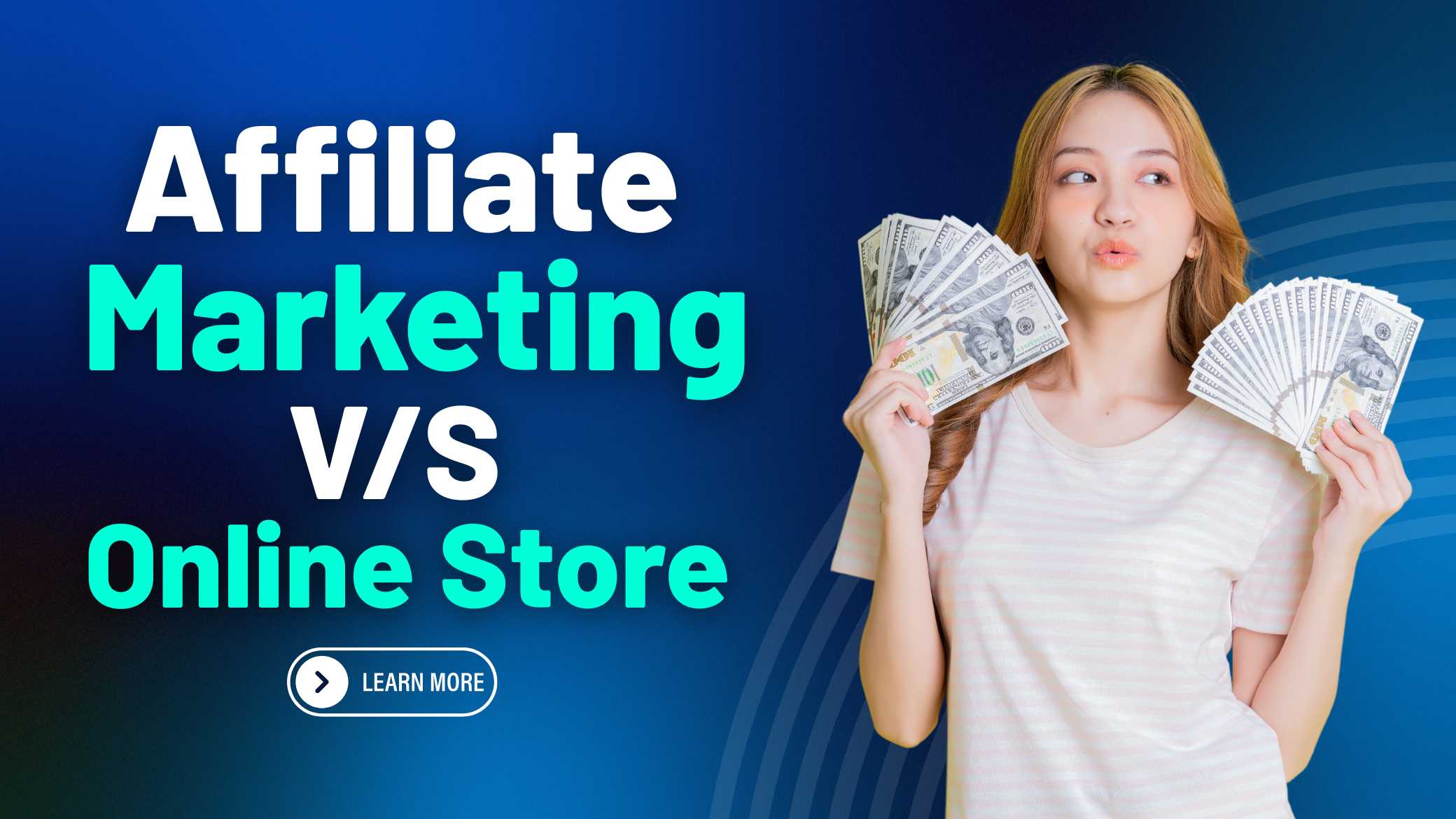Influencer Marketing Strategies : In 2025, eCommerce is no longer just about building an online store and running ads. The landscape has dramatically evolved. Consumers are savvy, ad-fatigued, and demand authentic, value-driven interactions. This is where influencer marketing comes in—an essential channel that blends storytelling with social proof, making it one of the most powerful tools to build brand credibility and drive conversions. Influencer marketing for eCommerce brands in 2025 is not just about endorsements; it’s about co-creating value-driven content with people who already have your audience’s attention.
Table of Contents
From nano-influencers to celebrity creators, influencer partnerships have evolved into full-fledged performance-driven strategies that align directly with eCommerce sales goals
What Makes Influencer Marketing Effective in 2025

Today’s influencer marketing goes far beyond follower counts. Success in 2025 is about audience trust, niche relevance, platform alignment, and content performance. Consumers follow influencers because they trust their opinions and see them as relatable experts. Unlike traditional ads, influencer content feels native and less intrusive. Add to that the rise of creator commerce and shoppable media, and you have a powerful sales machine in motion. Social proof drives conversions. Authentic recommendations from influencers boost buyer confidence. Influencers often know how to present products in engaging ways through tutorials, unboxings, reviews, or storytelling, making them ideal sales partners. Smart eCommerce brands are now treating influencers not just as content creators but as performance marketers, brand ambassadors, and content collaborators
Types of Influencers to Work With in 2025
Choosing the right influencer type is critical to campaign success. Influencers are categorized based on follower count and niche influence, and each tier offers unique advantages. Nano Influencers (1K–10K followers) deliver hyper-niche engagement and are great for authenticity. They are affordable and ideal for local targeting. Micro Influencers (10K–100K followers) have solid engagement rates and audience trust. They work well for brand storytelling and product education. Macro Influencers (100K–1M followers) offer strong reach and visibility.
Read more: How to Use Canva for Digital Marketing Design
They’re great for product launches and awareness campaigns. Mega/Celebrity Influencers (1M+ followers) bring prestige, wide reach, and brand association, though they are more expensive. Choose influencers based on goals—whether it’s conversions, awareness, or content creation
Platform-Wise Influencer Strategy for eCommerce Brands
Different platforms require different strategies. Here’s how to approach each one in 2025
Instagram Influencer Marketing for eCommerce
Instagram remains the top platform for influencer marketing. Use Stories for time-sensitive promotions and swipe-ups. Leverage Reels for viral short-form content. Use static posts and carousels for educational content and product storytelling. Partner with influencers to run giveaways or flash sales and use branded content tools to amplify reach. Add product tags and shopping links to drive direct conversions
YouTube Influencer Collaborations
YouTube is perfect for long-form reviews, tutorials, and how-to videos. Collaborate with influencers for unboxing videos, honest reviews, and comparison content. Focus on creators who produce evergreen content to drive long-term SEO traffic and visibility. Use affiliate links and trackable codes to measure ROI. YouTube Shorts can be used for quick promotions or viral challenges
TikTok Influencer Campaigns
TikTok is exploding with Gen Z and millennial buyers. Short-form, creative, and high-engagement—this platform demands authentic, entertaining content. Work with TikTok influencers on challenges, quick product hacks, or lifestyle storytelling. Focus on virality, but don’t forget conversion CTAs. Hashtag challenges can create massive brand awareness. Always allow influencers creative freedom here
Pinterest Creator Partnerships
Pinterest is a high-intent platform where people discover and plan purchases. Collaborate with creators for aesthetic product pins, lookbooks, and seasonal trend boards. Great for home décor, fashion, beauty, and lifestyle brands. Focus on keywords, pin SEO, and link back to your eCommerce store directly
LinkedIn Influencers for B2B eCommerce
If you sell to professionals or businesses, LinkedIn influencers can amplify your message through thoughtful leadership and industry insights. Collaborate on whitepapers, video reviews, or product comparisons targeting decision-makers
Top Influencer Marketing Strategies for eCommerce in 2025
Here’s a breakdown of the most effective influencer marketing strategies that are driving results for eCommerce brands today
1. Long-Term Brand Ambassador Programs
Instead of one-off deals, build ongoing relationships with selected influencers. Brand ambassadors promote your brand regularly, creating consistency and long-term loyalty. They build trust with their audience by consistently endorsing your products over time. This improves recall, reduces CAC, and builds authentic brand narratives. Offer them commission-based models or exclusive perks
2. Product Seeding Strategy
Send free products to a large group of influencers—especially nano and micro-influencers—and ask them to share their honest feedback. This helps generate organic buzz, real user-generated content (UGC), and builds brand presence across multiple feeds at once. No contractual obligation often results in more authentic content. Focus on people who already love similar products
3. Performance-Based Influencer Campaigns
Pay influencers based on clicks, conversions, or sales. Use affiliate tracking, coupon codes, and UTM links. This reduces risk and ensures ROI. It also attracts serious creators who are confident in their influence. Platforms like Impact, Refersion, and Upfluence can help track performance metrics seamlessly
4. Whitelisting and Paid Amplification
Request influencer access to run ads from their handle (whitelisting). This allows brands to boost influencer content via paid media while retaining the authenticity of the creator’s voice. Combine influencer trust with the targeting power of Facebook/Instagram Ads to scale content and improve ROAS. Whitelisting gives you control over ad spend and creative testing
5. Co-Created Content Series
Collaborate with influencers to co-create video series, blog content, podcast episodes, or Reels. This goes beyond one-time posts and builds a content repository that can be reused across platforms. For example, a monthly styling series with a fashion influencer or weekly tech reviews with a gadget expert. This improves content diversity and reach.
6. Use of User-Generated Content (UGC)
Influencers create UGC that you can reuse across ads, product pages, and email campaigns. UGC increases trust and boosts conversion rates. Encourage your influencer partners to share unfiltered videos, before/after shots, testimonials, or usage demos. UGC performs better than brand-generated ads in most niches today
7. Influencer Gifting for Launch Campaigns
Launching a new product? Plan a gifting campaign with coordinated unboxings or “first impressions” across multiple influencers. Time the posts together to create a buzz. Create a branded hashtag and giveaway to amplify reach. This strategy is perfect for cosmetics, fashion, tech gadgets, and lifestyle brands
8. Influencer-Led Live Shopping Events
Live commerce is booming. Collaborate with influencers to host live shopping events on platforms like YouTube, Instagram Live, or your own eCommerce store. Let them review products in real-time, offer discount codes, and answer viewer questions. Live shopping events can significantly boost conversions in a short time window
9. Influencer Takeovers
Allow influencers to take over your brand’s social media for a day. They can showcase their lifestyle, use your products in real life, and engage directly with your audience. This is great for seasonal promotions, behind-the-scenes access, and trust-building
10. Use Influencers in Retargeting Campaigns
Use high-performing influencer content in your retargeting ads. When someone visits your product page and sees the same influencer talking about the product on Instagram or YouTube Ads, it reinforces trust and drives conversions. Influencer testimonials outperform regular remarketing creatives in 2025
How to Find the Right Influencers in 2025

Choosing the right influencer matters more than ever. Use tools like HypeAuditor, Heepsy, and Modash to filter influencers based on niche, engagement rate, audience demographics, and fake follower score. Look for: niche alignment with your product, engagement over follower count, content style and tone, audience demographics, past brand partnerships, and performance metrics like swipe-ups or conversions
Key Metrics to Track Influencer Campaign Performance
In 2025, influencer marketing is a data-driven channel. Here are the top KPIs to measure: engagement rate (likes + comments ÷ followers), click-through rate (CTR) on links and swipe-ups, conversion rate (sales per click), cost per acquisition (CPA), return on influencer spend (ROIS), reach and impressions, UGC reuse and content lifespan, and audience growth during the campaign
Common Influencer Marketing Mistakes eCommerce Brands Must Avoid
Don’t focus only on vanity metrics like follower count. Engagement is more important. Avoid over-controlling influencer creativity—it often results in inauthentic content. Ensure contract clarity—especially around deliverables, usage rights, and timelines. Don’t neglect FTC disclosures. And lastly, avoid one-time collaborations unless it’s part of a broader strategy
Top Influencer Marketing Tools for eCommerce in 2025
Use influencer marketing platforms to streamline discovery, outreach, tracking, and payments. Some top tools include: Grin for DTC influencer management, Upfluence for influencer search and affiliate tracking, AspireIQ for content collaboration, Impact.com for performance marketing partnerships, and Tagger for social listening and analytics
The Future of Influencer Marketing in eCommerce
Influencer marketing is evolving rapidly. Some trends shaping 2025 include: AI-generated influencers and virtual brand ambassadors, niche micro-communities over broad reach, creator-owned storefronts and affiliate shops, influencer subscription programs (exclusive content), integration with metaverse platforms and AR experiences, and smart contracts and NFTs for campaign rights
Influencer Marketing Strategies – Conclusion :

In 2025, successful eCommerce brands are no longer guessing with influencer marketing. They are building scalable systems that drive consistent sales, create brand advocates, and amplify reach with authentic voices. Whether you’re running a D2C beauty brand or a tech gadgets store, influencer marketing offers unmatched ROI when done right. Focus on building relationships, investing in performance-driven partnerships, and optimizing creative output for every stage of the funnel.
Buy Now : Canva Pro Video And Image Editing Software for 1 Rupees/Day
Treat influencers not just as promoters, but as partners who deeply understand your audience. By leveraging the right strategies, tools, and creators, your eCommerce brand can achieve lasting success in the dynamic digital landscape.
Disclaimer: This blog post is for informational purposes only. Results may vary depending on product type, audience, and campaign execution. Always comply with legal and advertising disclosure requirements
Keywords : Influencer Marketing Strategies – Influencer Marketing Strategies 2025 – Influencer Marketing Strategies Guide , Influencer Marketing Strategies list
